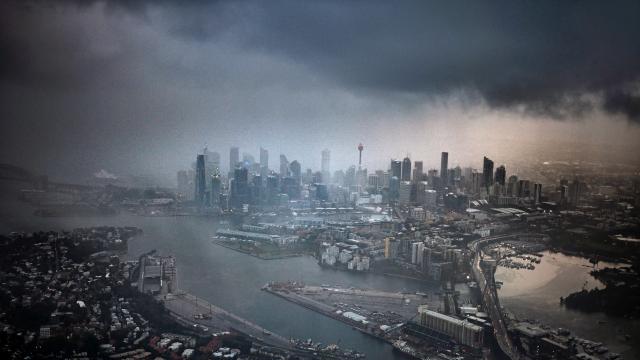Everyone in Australia, particularly on the east coast, will know it’s been raining a lot lately. Floods have been ravaging NSW and QLD, Splendour in the Grass had to cancel a day and no one’s clothes have had the chance to dry. It’s not been fun, and unfortunately, it looks like the rain is not ending any time soon.
Australia’s Bureau of Meteorology (BOM) confirmed in its latest climate outlook that a negative Indian Ocean Dipole is likey which is contributing to the high amount of rainfall across the country.
What is the Indian Ocean Dipole?
The Indian Ocean Dipole is one of Australia’s main climate drivers.
It is determined based on the difference in sea surface temperatures between two poles – one in the western Indian Ocean and another in the eastern Indian Ocean.
The IOD’s main influence is on rainfall. During a positive event, warmer sea surfaces in the western Indian ocean can combine with easterly wind anomalies to cause less cloudiness and less rain in Australia.
During a negative IOD event, we’ll see cooler sea surface temperatures in the western Indian Ocean with westerly winds that bring more clouds and extra rainfall, mainly to the top end and southern Australia.
We saw a negative IOD impact on Australia’s weather around this time last year as well.
How will it impact Australia?
As mentioned, a negative IOD often indicates a higher chance of average rainfall across the country.
BOM’s climate outlook reports that median rainfall will be above average across nearly the entire country from August through October.
This increases the risk of flooding yet again in the coming months as many dams, rivers and soils are already full of water.
BOM also predicts that maximum temperatures in the tropics, parts of the west and far south-east will be above average, but below the median for areas in the east and southern interior.
That being said, minimum temperatures will likely be above average nationwide – yay climate change!
Also, our unwelcome friend La Niña may be over for now, but these converging climate drivers may cause it to return for a third year in a row in Spring.
In the meantime, there’s like a 30% chance it’s already raining.
This article has been updated since its original publish date.

Leave a Reply
You must be logged in to post a comment.